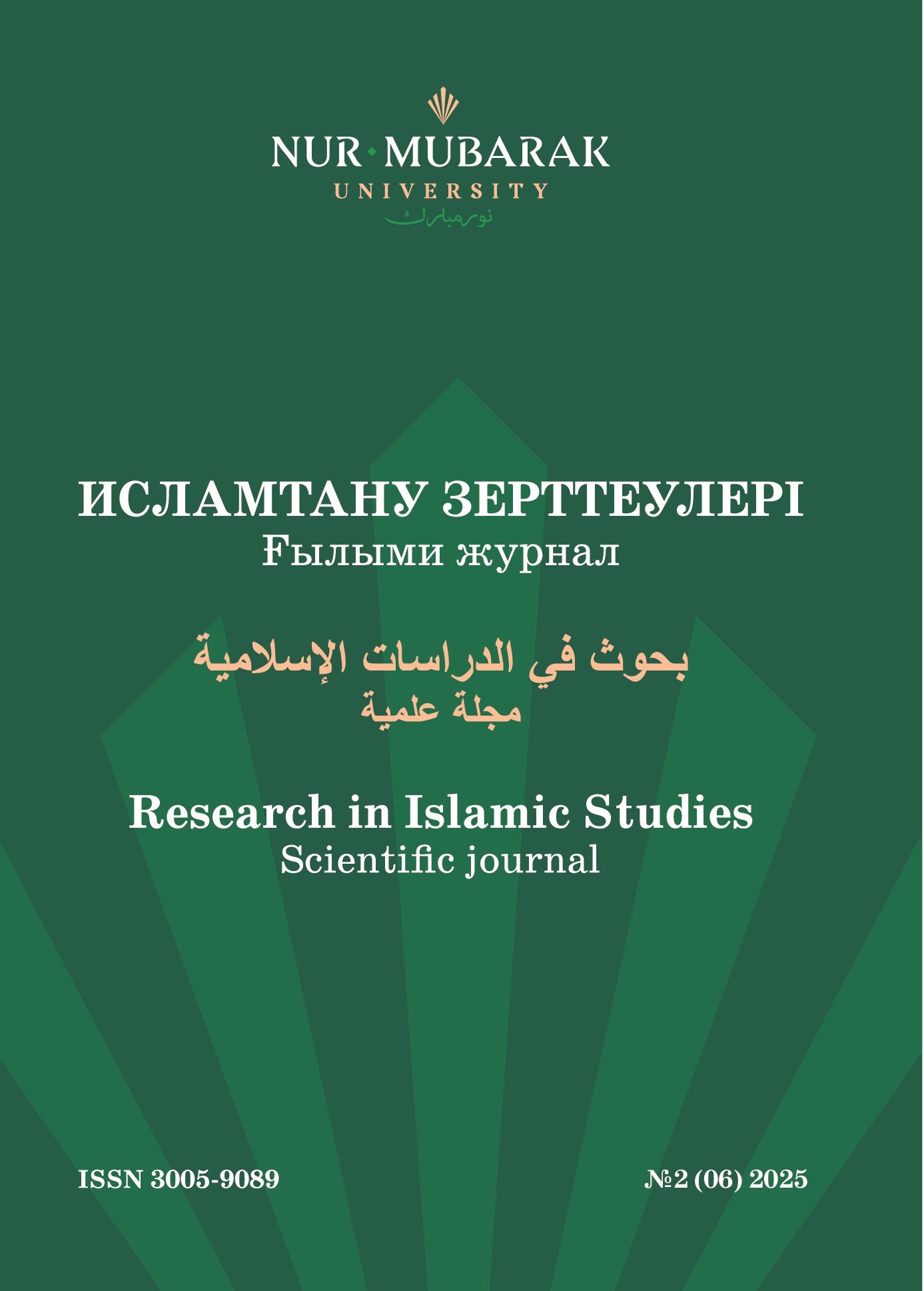Abstract
This article explores the relationship and distinctive features between the science of hadith and linguistic principles within the Hanafi school. As one of the foundational pillars of Islamic sciences, hadith requires accurate interpretation, and thus, the role of Arabic linguistic and stylistic sciences becomes essential. Understanding the linguistic features of Arabic is crucial when interpreting hadiths that contain theological and legal rulings. Misinterpretation of these aspects has led some to wrongly consider the Hanafi school’s legal hadiths as weak, thereby misleading the public and contributing to religious discord in society. Maintaining societal unity and peace is among our foremost contemporary priorities. Therefore, the correct interpretation of religious texts is of primary importance. The authors emphasize the significance of stylistics in deriving religious norms from legal (ḥukm) hadiths. The article examines how linguistic rules influence the formulation of legal norms and structures in the Hanafi school, providing a comparative analysis with the methodology of the Shafi'i school. It further analyzes the procedural principles and interpretive mechanisms involved in the application of legal hadiths. The study also addresses the literalist tendencies of certain contemporary religious movements in the country and how Hanafi scholars respond through linguistic-stylistic methods.



